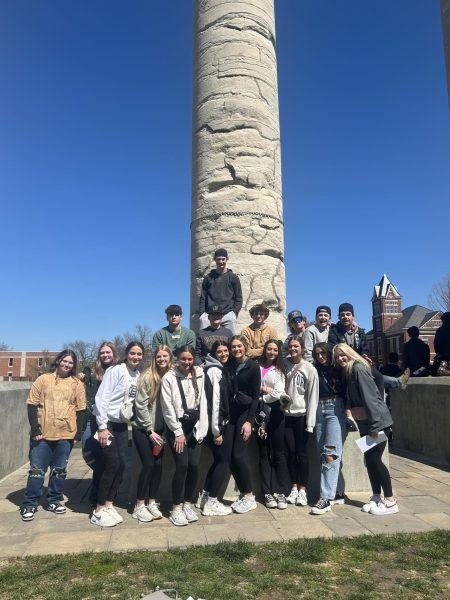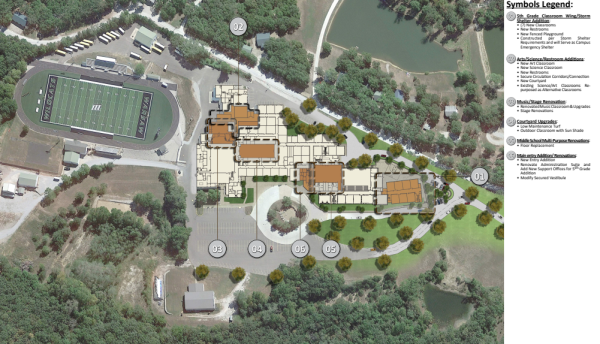School deals with problem of poor attendance
Attending school seems to be a difficult task for some students and school officials are continuing to look at ways to encourage attendance and punish poor attendance.
According to Principal Randy Luebbert, the school attendance was at 76.3 percent in the first semester, compared to last year’s attendance of 80.72 percent. Attendance has dropped 4.42 percent in less than a year.
The school’s goal is to have attendance above 90 percent.
According to a survey emailed to all high school students, 70.8 percent of 65 students who responded say they have over a 90 percent attendance, 16.9 percent reported being below 90 percent and 12.3 percent said they did not know their attendance percentage. About 45 percent of those surveyed reported that sickness was their primary reason for missing school with 31 percent claiming appointments as their number one reason. Nearly 8 percent reported that they missed school mostly for family issues (emergencies, babysitting, deaths, etc).
Sophomore Tristen Reynolds said his main reason for missing school was from being sick. He is not alone with that either.
Reynolds said “medication for the sickness and better sleep” would help with his attendance.
Other students say more involved classroom environments or monthly rewards or fields trips would help improve attendance. Some say the there is no hope for improving attendance.
“Yes, I think attendance could improve if you miss school then you could fall behind,” said FACs teacher Suize Dudenhoeffer.
High school administration and faculty are considering another measure to improve attendance which would tie attendance to earning credits toward graduation.
“We have to improve attendance rates because we can not teach kids that are not here,” Luebbert said.
Every school in Warsaw’s conference currently ties attendance to credits for graduation. For example, School of the Osage, just like all schools tracks their attendance and has a board in their front hallway breaking down their current attendance.
“The last time I was in their school, senior girls had the lowest attendance rate at 92 percent. Our highest attendance rate doesn’t even come close to that,” Luebbert said.
Luebbert explained that the way it works at other districts is once a student has missed a certain number of days or a percentage of the possible class periods they lose credit for that class and have to appeal or retake the class.
What percentage attendance would make a student lose a credit? That is yet to be decided, but most schools allow a student to miss 6-8 class periods a semester before they lose credit, Luebbert said.
Several years ago, the school added a 90 percent attendance rule for participating in trips, special events – such as Homecoming float building, and for participation in the graduation ceremony.












